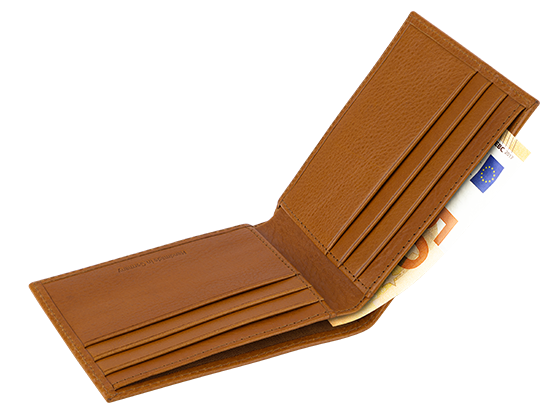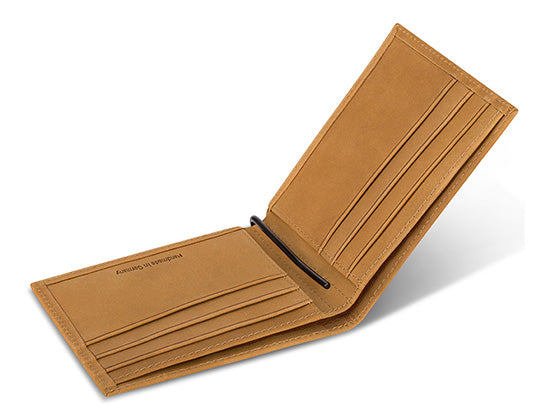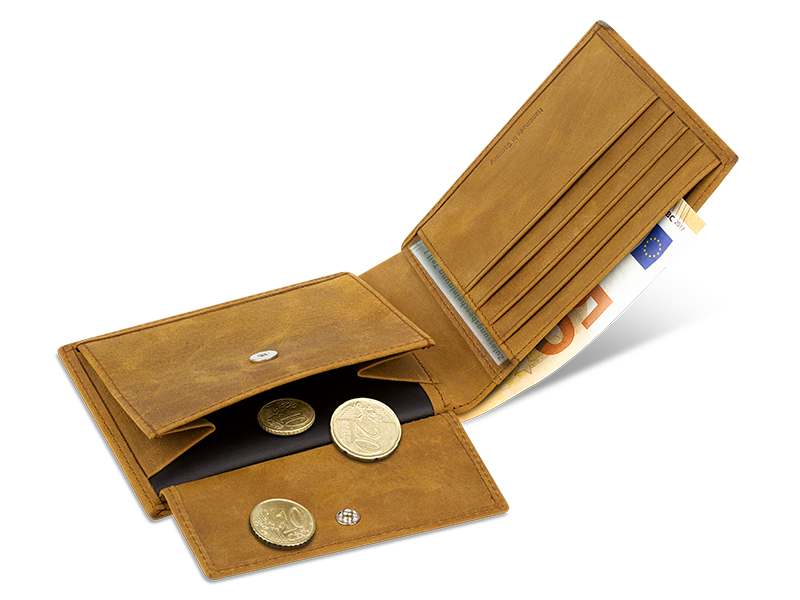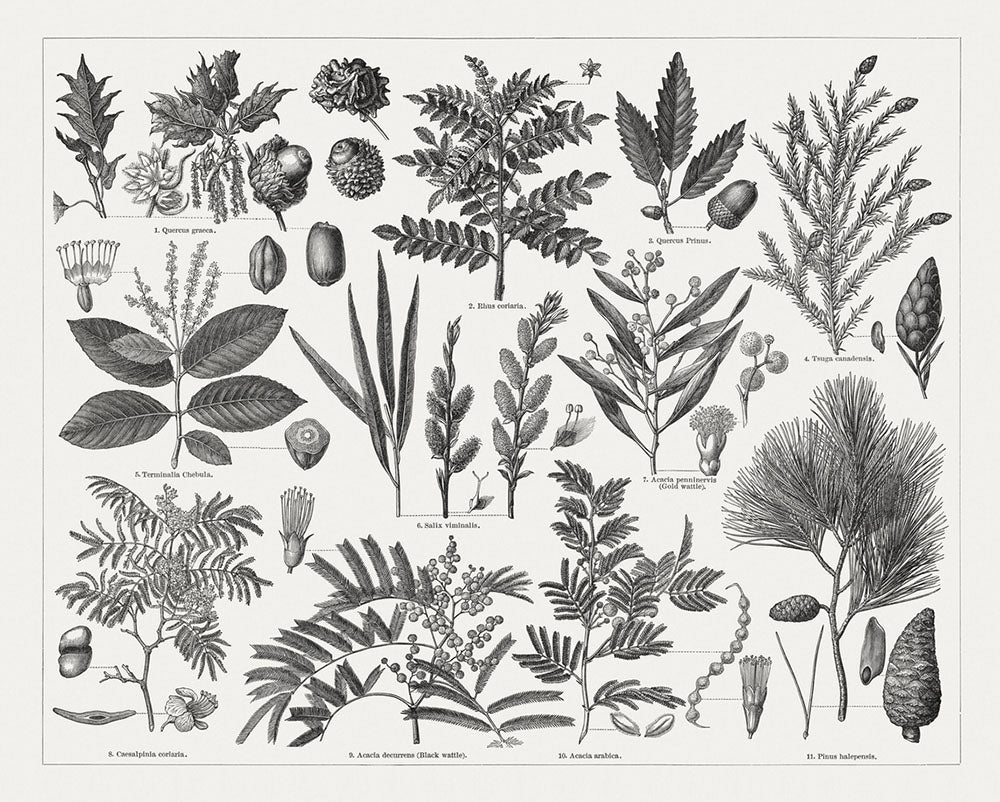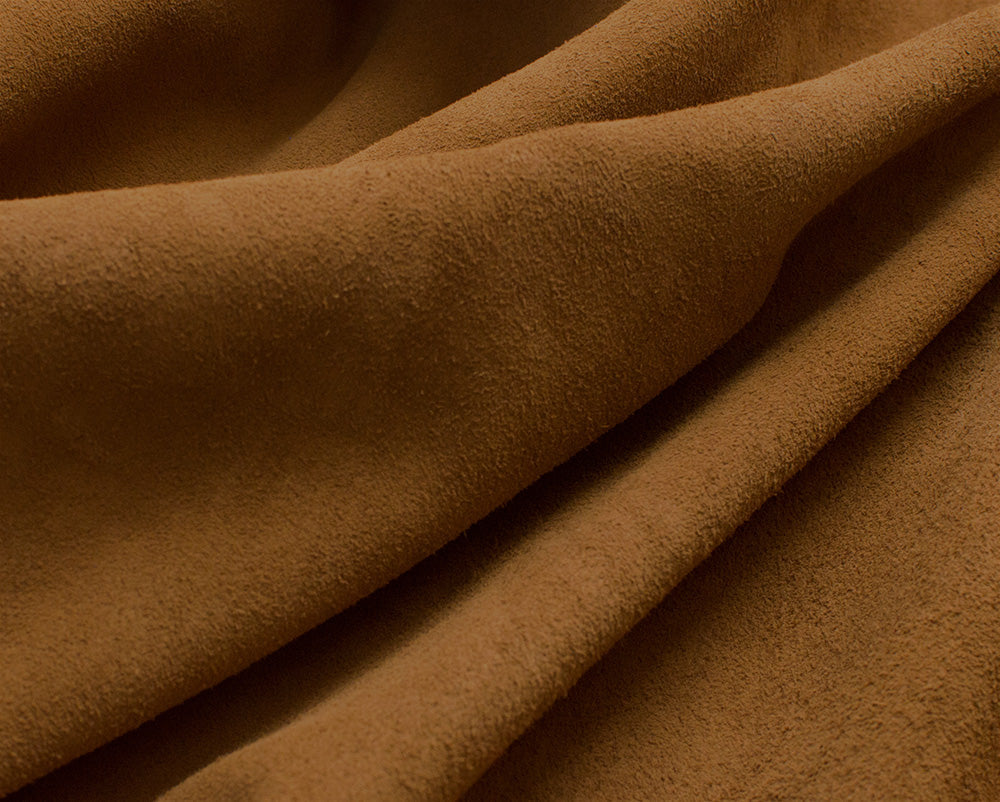Vegetable tanned leather uses vegetable tanning agents to transform the animal skin into leather. At LUCA, we currently use leather from Italian, vegetable tanning, for example for our small wallet or the new cases for the iPhone 15 .
The process of vegetable tanning includes several steps:
Preparation of the hide: Raw hides of animals, usually cattle, sheep or goats, are first soaked in water to remove dirt and impurities.
Tanning: The hides are then immersed in a solution containing vegetable tannins. Common sources of tannins include oak, chestnut, mimosa, quebracho and tara, among others. These tannins react with the proteins in the skin, making it stiffer, more durable and less prone to decay.
Drying and conditioning: After tanning, the leather is stretched and hung to dry. During this process it acquires its characteristic stiffness, which can be softened later in the manufacturing process.
Finishing: Once the leather is dry, it is finished by applying oils, waxes and other natural substances to improve its appearance, structure and water resistance.
The advantages of vegetable tanned leather are:
- Environmentally friendly: Vegetable tanning is based on natural plant materials and is therefore more environmentally friendly compared to other tanning methods. This makes the use of leather more sustainable.
- Patina: Vegetable tanned leather develops a unique patina over time, giving it a distinctive and attractive appearance and evolving with use.
- Longevity: This type of leather is known for its strength and durability, making it suitable for long-lasting products such as belts, wallets and other high-quality and sustainable leather goods.
- Biodegradable: Because vegetable tanned leather is made from natural materials, it is biodegradable and less harmful to the environment when disposed of.
However, it is important to note that vegetable tanned leather is not naturally water-repellent and can be sensitive to water and other liquids. It may also darken or change color when exposed to sunlight.
In contrast to vegetable tanning, chrome tanning is another common method in the leather industry. It uses chromium salts and is characterized by its speed and ability to produce softer, more water-resistant leather. However, it is considered less environmentally friendly due to the use of chemicals.

